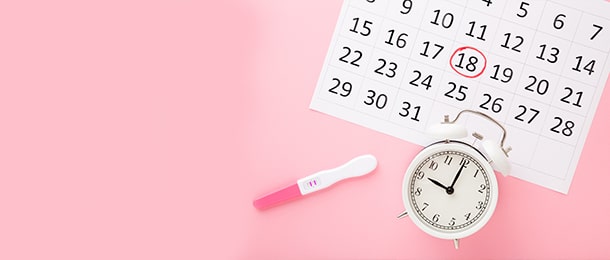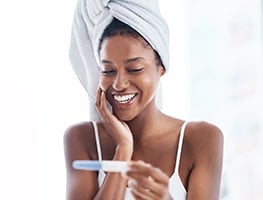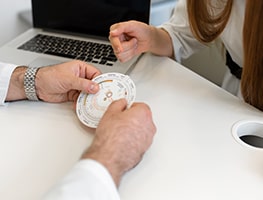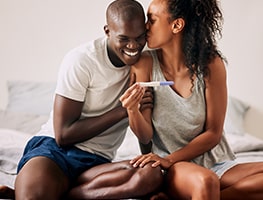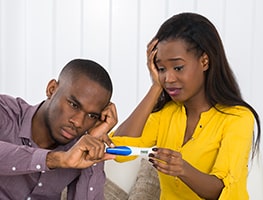If you’re trying to fall pregnant, getting as much information about your own ovulation cycle and identifying those critical fertile days can really help you pinpoint the most likely days for you to conceive.
For many women, using a fertility monitor can make the process much more straightforward.
The best time to have intercourse is in the 12 to 48 hours before ovulation occurs. This way, sperm have time to travel to the fallopian tubes to meet the egg when it is released from the ovary.
Unlike many techniques such as monitoring the post-ovulation rise in body temperature, using a fertility monitor can identify the critical two days in the lead-up to ovulation, maximising your chance of getting pregnant.
What is a fertility monitor?
A fertility monitor is an electronic device that helps you to identify your fertile period. They are generally small, portable, battery-operated gadgets, which analyse the results of a fertility test.
There are now dozens of different fertility monitors on the market and the different brands use a variety of methods to measure fertility. The most simple fertility monitors will just show either a red or green light when analysing a test-stick used to measure hormones in urine.
Other more complex fertility monitors record a series of measurements over time (either of urine test-sticks, temperature or saliva) and then highlight your most likely fertile period.
The most common method used by fertility monitors is disposable test-sticks, which are dipped into urine to measure hormone levels, usually LH.
Many fertility monitors use thermometers to identify the rise in body temperature that occurs a few hours after ovulation.
Some fertility monitors measure hormone levels in saliva. This can be done by measuring ferning patterns, or even electrical resistance of saliva.
How does a fertility monitor work?
Once ovulation has occurred, the egg is only viable for between 12 and 36 hours. In general, fertility experts recommend that having sex in the two days or so before ovulation, or right at the time of ovulation, will give you a better chance at getting pregnant.
Ovulation is triggered by a rise in the level of a number of hormones, including oestrogen and luteinising hormone (LH). This rise happens a few days before the egg is released – and can be measured in changes in some bodily fluids.
Some fertility monitors measure the levels of one or both of these hormones in your body (by testing a few drops of your saliva or a few drops of urine) so that you can see when this hormone surge occurs.
Which fertility monitor is the best?
Personal preference plays a big part in the decision on which fertility monitor to purchase.
One of the best selling fertility monitors uses urine test sticks. The fertility monitor sells for around R1 200, with a small supply (30) of test sticks, but you do need to continue purchasing test sticks if you use the monitor over a period of time.
Other monitors rely only on changes in body temperature or saliva and don’t require the purchase of additional refills.
Recent developments include the release of a fertility monitor that uses a skin patch to record and analyse your body temperature thousands of times in a day to give a far more accurate indication of ovulation, however, in general, the more complex and detailed the fertility monitor is, the more costly it will be.
Can a fertility monitor be used for birth control?
This is not advisable!
While some fertility monitors do advertise their accuracy at up to 99%, it is very unwise to use them for birth control as sperm can survive in the body for up to five days, which is generally much longer than the period of fertility identified by a fertility monitor.

